Backpackers tend to learn to do without items the more they spend hiking. I’ve slowly learned to minimize what I take on my trips to reduce my overall weight carried. Then there’s the ability to replace heavy gear with lightweight or even ultralight gear.
In 2024, I managed to get my base weight for a 6-8 day hike down to 25 pounds. Since I needed to carry 7 liters of water for three long 10 mile sections without any water sources, I needed to save some weight in order to carry more water.
But the urge to get even lighter was still on my mind, so this past winter I’ve gone over my backpacking gear list and managed to strip some pounds off my base weight.
One important note is that “Base Weight” does not include food, water, and consumables. Which was good because I’d never get it down below 30 pounds if I had to include starting food and water.
First, I looked at my worn (clothing, boots, etc.) and carried gear that is separate from the weight of my backpack and the items carried in the pack. Some people include this in their overall base weight, but I prefer to focus on the base weight of the backpack and items that put the most strain on a backpacker’s back.
In the end, I didn’t really modify my “Worn Clothing” weight list. I did find some alternates that I could swap in. That could save me a little over 3 pounds if I switch to those alternates, should the need arise.

Then there’s the weight that I carried in my pockets or hands (trekking poles). I could have cheated and moved a lot of things from the backpack to my pockets, but for the most part the list below is typically what I carry in my pockets when backpacking. I marked my Sony ZV-1 as optional to save 12oz (camera + 2 spare batteries) if I decide not to bring it. 30-second shutter photos of stars and some angles of sunset and sunrises still are better on the Sony, but my iPhone 16 Pro Max narrowed the gap.

So, 8 pounds 12 ounces for my worn and carried items. Not too bad.
And now for the main feature: My backpack’s base weight.
I have a Osprey Exos 58 (the second revision without the belt pockets), which is pretty light to start. I’ve tried some of the lighter backpacks, but they always failed to meet my needs. If I switched to the Osprey Exos Pro 55, I could save 3/4th of a pound. Maybe someday I’ll make that change.
So, I weighed my empty backpack with the towel, thermometer, and multi-tool I always have clipped to my shoulder straps, plus an add-on pocket to give me some waist-level easy access pockets AND a little cushioning to keep the backpack’s belt buckle from digging into my stomach. The add on pocket was a necessary addition to the weight. The belt buckle digging into my stomach and the missing belt pockets on the rev2 Exos are the only flaws of this backpack (in my opinion)8. Going with the Pro may save me a little more than the 3/4th of a pound if I don’t have to use the add-on pocket.
But the weight of the base backpack came to 3 pounds even. Not bad for a starting point.

The items inside the waist pocket were primarily things that I’d need to access quickly on the trail without having to stop and take off my backpack. Not too much was removed for this list that I had fine tuned over the past decade (although the Purell was added during COVID and has stayed as a part of my trail kit.
10.2 ounces didn’t add too much to my overall base weight. If I got desperate, I could drop the Purell or the wet wipe pack (but not both).

Base Weight: 3 pounds 10 ounces
Then I examined the items that I carried in the outside back and side pockets of the backpack. I added two netting pockets high on the backpack to have a little more storage outside of the backpack. I don’t use the 3 ounce ‘brain pocket’ on the Exos 58 to save the weight, so needed just a little more space to carry stuff on the outside. The two netting pockets are less than an ounce, so saved me some weight overall.
Part of this slimming down of my equipment also had me deciding to move away from my Camelbak water bladder. I prefer to be able to sip water from a hose instead of taking a bottle out of my side pockets, unscrewing the cap, and drinking from the bottle. The weight and fragility of the bladder was also a consideration.
But I didn’t want to give up the hose and bite valve, so I found a conversion kit that turned regular bottles into a water reservoir. So, I got some water bottles from the store, emptied them, and weighed them. I ended up using some Evian 1.5 liter bottles because they were sturdy, but lighter than SmartWater or Fiji bottles. In a pinch, I can use other bottles if the ones I start with develop a leak.
I ended up keeping my 4 litter water container and filter to use for filtering water on the trail. I did add a super lightweight rain poncho that would go over my head and backpack in case of heavy downpours.
I haven’t bought one yet, but have my eyes on some UV umbrellas. Not for rain (but could be used for rain), but for desert hiking in the hot sun. During last year’s long PCT CA section G hike, I had learned the hard way that long days under the hot sun with very little shade really slowed you down and increased water consumption. So, that’s a place holder for any future desert hikes that I may do (not this year).
The rest in the list below are pretty much what I’ve always carried in the outside pockets of my backpacks over the years. Although some of them have also had some weight adjustments. I dropped from a 1 pound pair of water shoes to 7.30 ounce pair before my JMT hike, mostly since the 1 pound pair had open gaps to save weight that let in the rocks and pebbles you find a lot in the Sierras. The lighter water shoes aren’t quite as rugged, but are fully enclosed to keep debris out and work for those times I need to cross a stream. But most of all, they are great as camp shoes to let my feet breathe a bit in comparison to my big heavy boots. Also, having to get the boots on for a late night visit to the bushes was time consuming.
Which pockets things go into might vary a little depending on the trip and how I have to balance the backpack based on how much water and consumables changed over the length of a trek, but over the years I have gotten pretty good and managing my outside pockets pretty well.

So, 1.98 pounds for the side pockets and .65 for the back pocket comes to 2.63 pounds. Without WATER, of course.
Base Weight: 6 pounds 4 ounces
Diving into the inside of the backpack, I got rid of MOST of my drypacks that protected various gear from getting wet. Depending on the hike, I’d have up to 5 of them and changing to Ziploc bags saved me around 3 ounce per bag.
First, was my electronics pack. Basically, this was stuff I usually needed after setting up my camp. Headphones (don’t want to blare my iPhone audio and disturb the peace of the wilderness), a second battery to recharge my electronics, headlamp, comb, a small tripod that could be used for my camera or iPhone, a plug in charger (for multiple segment hikes when I need to recharge my items with batteries in them), and earplugs to help me sleep.
Amazingly, I have a THIRD camera in the form of an old iPhone that I have taken on my treks so I can do time-lapse movies of sunsets and sunrises. This 3rd camera is mostly so I can use my main iPhone and Sony camera for taking still pictures of the sunrises and sunsets. Digital photography has caused me to take WAY TOO MANY pictures and movies during my treks. Maybe I’ll drop the Sony or extra iPhone at some point, which is why I put them down as OPTIONAL.

While I consider them consumables, daily and sleeping pills, plus extra medicine for long treks would add to the weight but are variable enough to make it hard to put into my base weight. I keep these in my electronics pack mostly for convenience in the evening and morning so I don’t have to go into my first aid and repair packs. The 28k battery is also optional depending on the length of the hike and the need for recharging at re-supply stops. I have the 28k, two 10k, and a little 6k battery that I can shuffle and take the best combination based on the length of the trek. A solar charger is also available to lessen the need to bring some of the batteries, but that’s just a little over a pound. So, have to very strategic when I use that one.

So, 1 pound 9.5 ounces for electronics. Although, some of the optional items could add up if I choose to bring them.
Base Weight: 7 pounds 13.5 ounces
For my first aid and repair packs, I had already reduced what I used to take down to the bare minimum. Before I started using knee supports when hiking, I’d have to take a lot of sport tape the tape up my knees to keep them from failing me on longer steep climbs. Since I have a scissors on my multi-tool, I did drop my medical scissors from my first aid kit.
I also dropped a small chain saw and other items that I have never used on the trail from the repair pack. I did re-add the shoe glue (or other adhesive) to the kit after my PCT Section G hike last year that would have been of a great help then. The Flipfuel would only be needed on very long multi-section hikes and could be used to transfer ISO fuel between containers.

So, add 1 pound 9 ounces for these two kits.
Base Weight: 9 pounds 6.5 ounces
While food is important during long treks, it is not considered part of the base weight. But cooking equipment and assorted items that I usually include in my bear canister, are part of that weight.
Nothing too odd here, just a pot to boil water in, a small stove that attaches to small Iso-butane fuel canisters, a lighter, and a scrub cloth (mostly to keep the stove from scratching the pot). The cooking gear usually starts in the bottom of the inside of my backpack, but migrates to my bear canister once a couple nights go by and there is space for it.
Since they are common to all of my hikes, I also include a toothbrush, toothpaste, a small soap bottle, and a metal spork for eating as part of my items I put in my bear canister (since most of them have scents).

Together these items add 1 pound .76 ounces to my pack.
Base Weight: 10 pounds 7.26 ounces
Clothing is very important. While I could just wear everything on the trail and cheat on the base weight, I do have to adjust my clothing to match the variable weather and have extra socks, underwear, and something to sleep in besides my direct trail clothes.
Here I did do some slimming down of the weight of my older clothing. My old fleece pants and heavyweight shirt gave way to some lighter versions that should provide the same warmth. I also decided that my inflatable pillow, an extra pair of thick hiking socks, shorts, and a towel would be optional items.

To save on having a separate 3oz drybag for my sleeping bag and air mattress, I added those to my drybag with my clothing. Having dry clothes was very important on the trail, so I wasn’t going to chance not using a drybag to protect them. The whole clothing drybag fits pretty good at the bottom of my backpack, so it was also an efficient use of space.
Some of the optional/consumable items that didn’t make the base weight ‘cut’ are below.


A whopping 3 pounds 15.1 ounces for the combined clothing/sleeping gear.
Base Weight: 14 pounds 6.36 ounces
The final item that I had to see how much I could reduce the weight of was my tent. Last year, I had used a Big Agnes Tiger Wall UL2. It came in at 2 pounds 3 ounces (without the tent stakes). Quite a hit to my base weight.
But, since I had a lot of failures of the lightweight poles that caused me to return that tent, I was already in the market for a new tent. I had good luck with my prior tent, the Big Agnes Flycreek UL2. I retired my second one of that model after the zippers gave out. At 1 pound 14 ounces (again, without the tent stakes) it was a little lighter, but not by much.
I did a whole lot of research on lighter tents. Bivy tents (or sacks) could get me down to the 1 pound area, but they were little more than enclosures for your sleeping bag. Not much room and I always assumed I would feel claustrophobic in them and would otherwise have problems sleeping in them.
Cowboy camping would be even lighter, but it s basically putting a tarp, a sleeping pad, and sleeping bag right onto the ground. No barrier against rain, snow, hail, or mosquitoes. I knew that wouldn’t work for me.
I finally settled on the Durston X-Mid Pro 2 tent. Amazingly, this tent comes in at 1 pound 1.9 ounces. The tent stakes add another 3.5 ounces, unfortunately.
I ended up getting the 2 person version even at the expense of 2.4 extra ounces. Even when hiking alone, the extra space inside the tent always seemed worth it. 2.4 ounces was worth it.
Where did the weight savings come from? There are no tent poles.
Instead, I would use my trekking poles to hold up the roof of the tent. Since I had to carry the weight of the poles anyway, that meant I saved close to a pound in weight by using the poles.
While I haven’t had chance to test it on the trail, I did set it up in my bedroom and it seems like it will work for me.
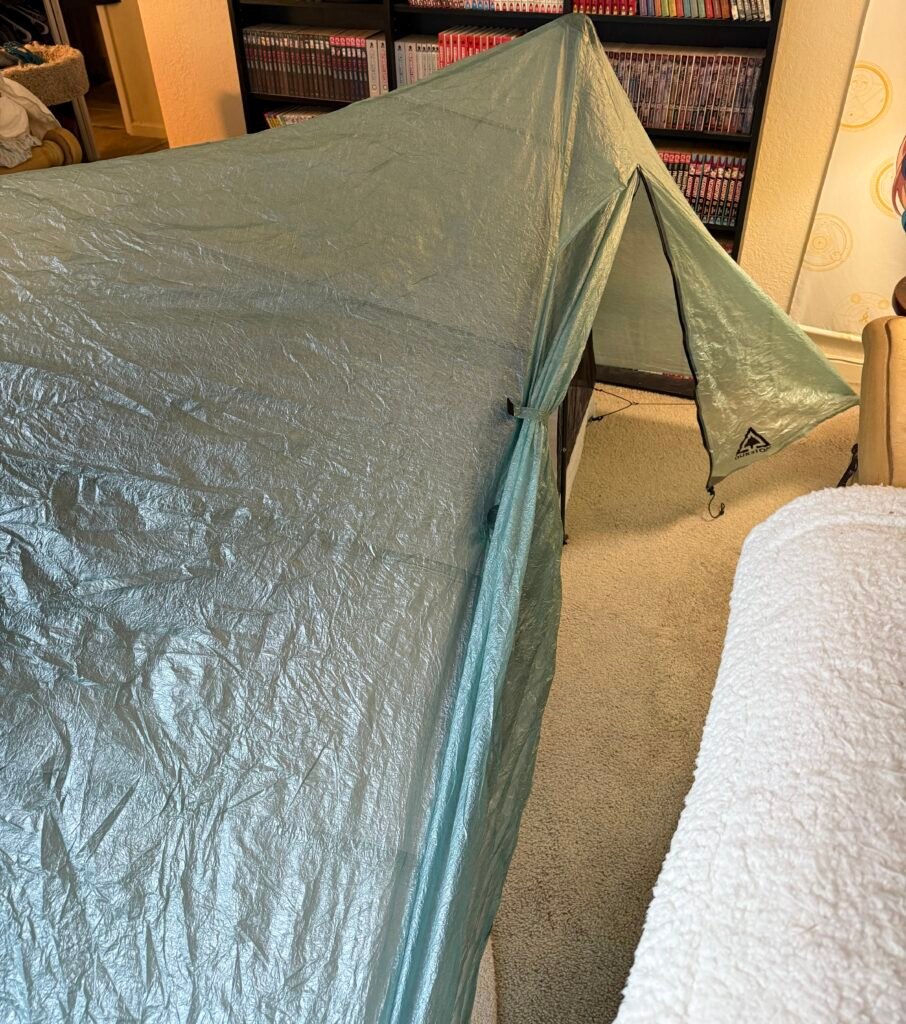


So, 1 pound 5.4 ounces for the tent and stakes.
So, adding up all the base weight items that will go inside the backpack, comes to 9 pounds 1.98 ounces.
And the CALCULATED weight of the entire backpack comes to 15 pounds .1 ounces.
If I physically pack all that into my backpack and weigh it’s ACTUAL weight, it comes to 15 pounds 5.6 ounces. Pretty close to the calculated weight.
That’s a pretty nice savings over the 25 pounds base weight I had last year.
Even if some of the optional items sneak back into my pack, I’m fairly confident I can keep it under 17-18 pounds of base weight.
Fantastic!

Although the quantities will vary depending on the particular hike and it’s impossible to figure into my Base Weight calculations, the weight of food is still something I’ll have to take into mind.
As will the bear proof container I will have to use in most cases. I can save 2 pounds if I don’t have to use a hard sided bear canister. So, that will be an option based on where I am hiking.

For those that are interested, here is the spreadsheet I worked off of to get down to an amazing (for me) Base Weight of 15 pounds 5.6 ounces. Now rev2 of the spreadsheet and a PDF version.
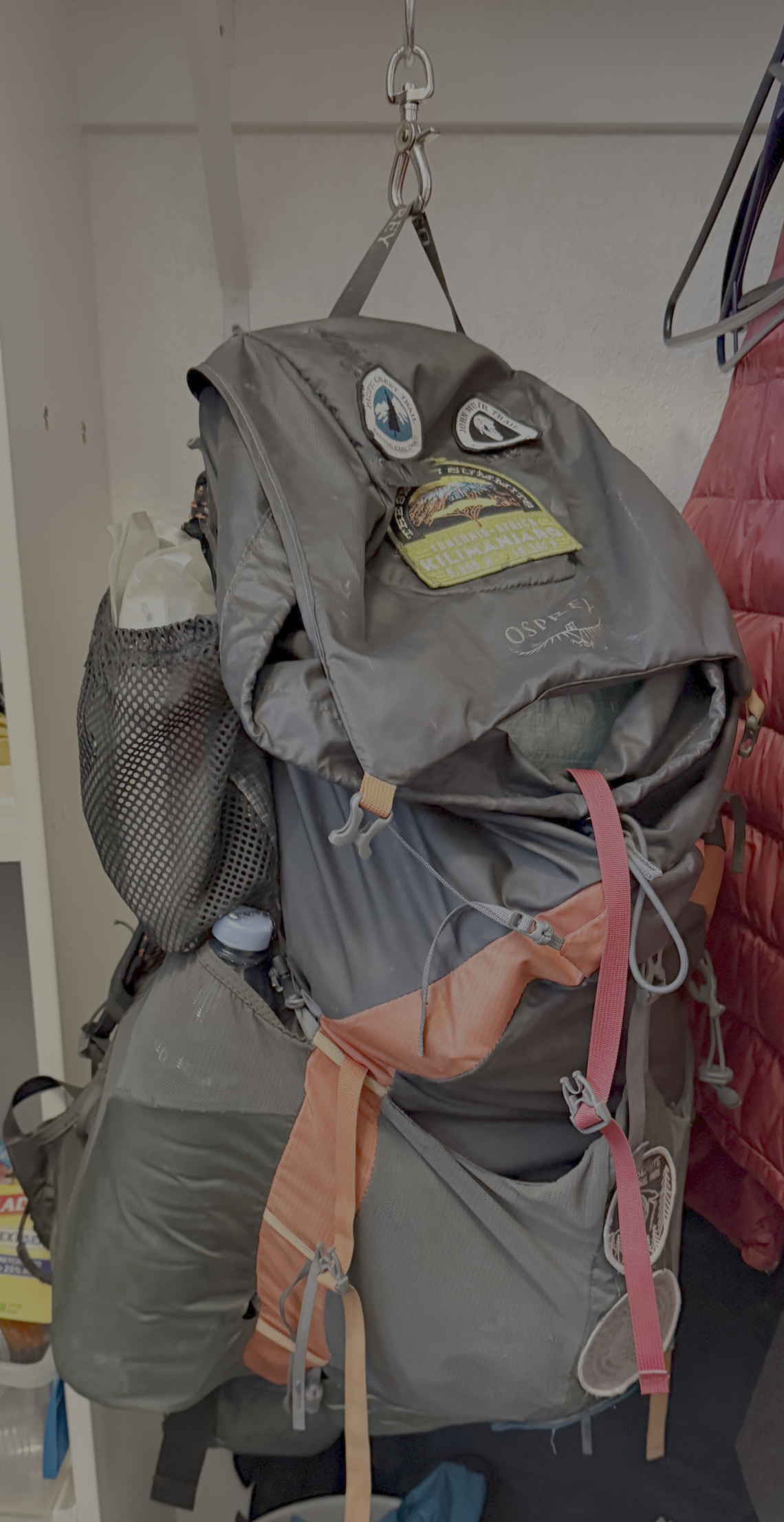

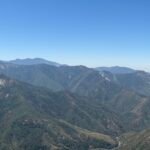
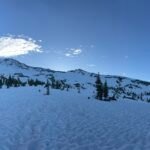
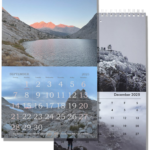
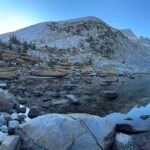

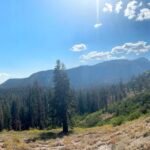


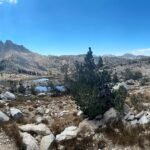
Comments by WanderingJim
JMT 2020 Day 3
"I'm afraid I have no idea. Not really a fisherman, so don't..."
JMT 2020 Trek Day by Day
"Yeah, but with 9,000 pictures, it's hard to label each one..."
Kilimanjaro – October 2019
"Everest Base camp is on my list too. Mostly since I know..."
Kilimanjaro
"You started hiking with Kilimanjaro first? Even I worked my..."